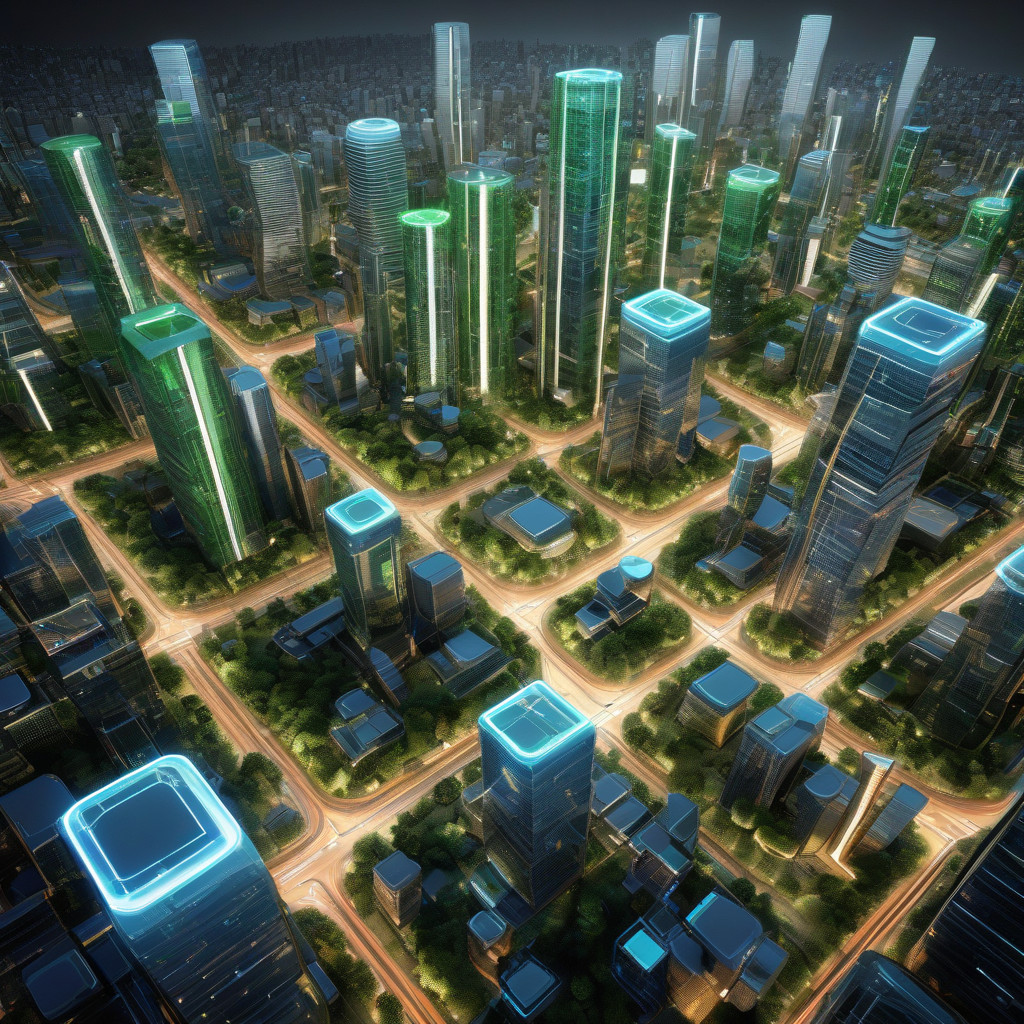In the fast-paced world of technology, the evolution of smart cities is a trend that continues to gain momentum. With urban centers worldwide embracing innovative technologies to enhance efficiency and sustainability, the demand for robust and extensive internet connectivity has never been more critical. This is where mesh networking steps in to revolutionize the way smart cities operate and grow.
Mesh networking, a decentralized approach to network connectivity, is reshaping the landscape of smart city development. Unlike traditional network setups that rely on a central hub to relay information, mesh networks distribute data across a web of interconnected nodes. This redundancy not only ensures greater reliability and stability but also enables seamless communication between devices, sensors, and infrastructure components spread throughout the city.
One of the key advantages of mesh networking in the context of smart cities is its ability to create a self-healing network architecture. In a mesh network, each node functions as a relay, passing along data to its nearest neighbors until it reaches the intended destination. This decentralized structure means that even if a node fails or is disrupted, the network can dynamically reroute data through alternative pathways, ensuring uninterrupted connectivity and minimal downtime.
Moreover, mesh networking offers scalability, making it ideal for the dynamic and ever-expanding nature of smart city environments. As new devices and sensors are deployed to collect data and optimize city operations, mesh networks can easily accommodate these additions without the need for extensive reconfiguration. This flexibility allows smart cities to grow organically, adapting to changing requirements and integrating new technologies seamlessly.
Another significant impact of mesh networking on smart city growth is its ability to enhance network coverage and reach areas that may be challenging to connect using traditional means. By leveraging mesh networks, cities can extend internet access to underserved communities, improve connectivity in remote locations, and bridge the digital divide, fostering inclusivity and equal access to digital services for all residents.
Furthermore, the resilience of mesh networks makes them well-suited for supporting critical applications in smart cities, such as traffic management, public safety, and environmental monitoring. By ensuring reliable and low-latency communication between devices, mesh networking plays a crucial role in optimizing city services, enhancing emergency response times, and enabling data-driven decision-making for urban planners and policymakers.
In conclusion, the impact of mesh networking on smart city growth is undeniable. By providing a robust, flexible, and resilient infrastructure for connectivity, mesh networks empower cities to harness the full potential of smart technologies and drive innovation in urban development. As cities continue to evolve and embrace the digital transformation, mesh networking will undoubtedly remain a cornerstone of their technological foundation, shaping the cities of tomorrow into interconnected, efficient, and sustainable hubs of innovation and progress.

